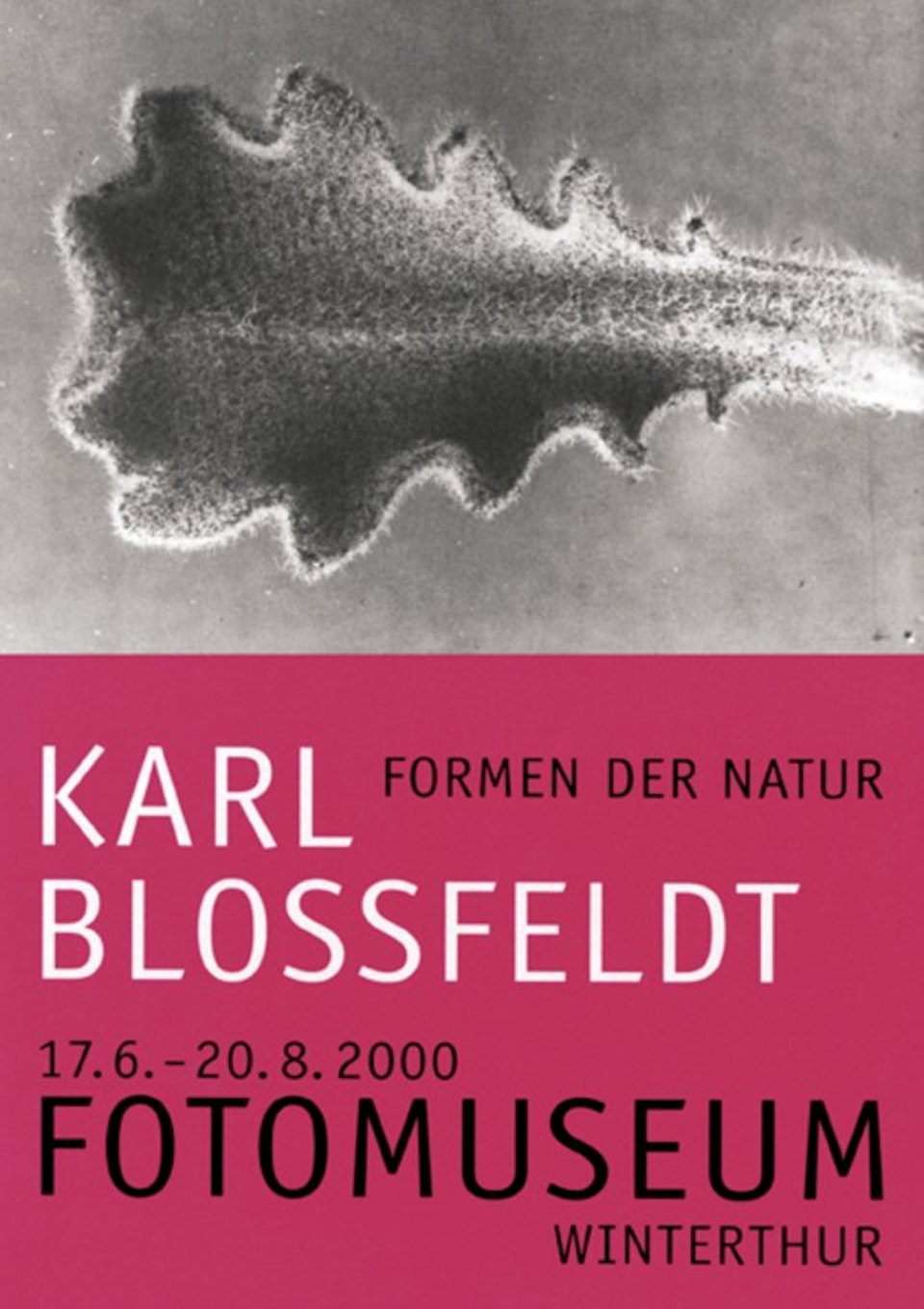
Karl Blossfeldt – Forms of Nature
Blossfeldt became famous for his close-ups and enlargements of tiny parts of plants. In 1928, Walter Benjamin spoke of a “geyser of new image forms” arising from the unexpected forms and analogies to the high arts, architecture, technology and to dance. The enlarged horsetail, which recalls a skyscraper, has become, to this extent at least, a symbol of his work.
His work was not originally intended as art photography, but as visual material for his botanical study – “Modelling after Living Plants” – the field which Karl Blossfeldt taught from 1899 to 1930 at the Unterrichtsanstalt des Königlichen Kunstgewerbemuseums, today’s Hochschule der Künste Berlin. The international art world discovered Blossfeldt in 1926 through an exhibition by the Berlin gallery owner, Karl Nierendorf, and through the publications which followed, with the programmatic title Ur-Forms of Art (1928) and Nature’s Garden of Miracles (1932), which became best-sellers. His influence can be seen in the works of various contemporary artists up to today.
For years, a well protected treasure has been stored at the Hochschule der Künste Berlin, the largest collection of Vintage prints of Blossfeldt’s photographs. From this collection of generally unknown photographs, a selection of 250 has been made for this exhibition.
The exhibition was curated by Dieter Appelt and Angela Lammert. Realisation in Winterthur: Urs Stahel. A cooperation with the Akademie der Künste, Berlin, the Kunsthalle Krems and the Saarland Museum, Saarbrücken.